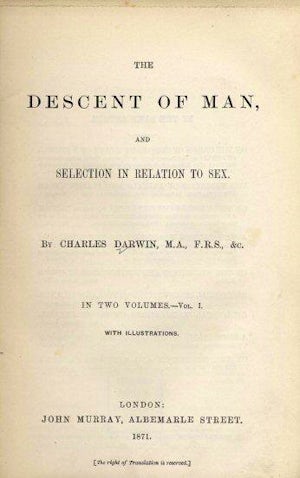1987. The Standing Committee on the Status of Disabled Persons was created to replace the Sub-committee on the Disabled and Handicapped of the Standing Committee on Communications and Culture, and the Special Committee on the Disabled and the Handicapped. The goal of the latter had been to identify obstacles faced by the disabled and to offer recommendations in overcoming these obstacles. The new committee shared this same goal, as well as studying disability in Canada over the past several decades.
In 1985, The Sub-committee on Equality Rights of the Standing Committee on Justice and Legal Affairs published its report Equality for All, urging the government to increase accessibility of federal facilities and employment of disabled individuals, among other recommendations.
In 1988, the Standing Committee on the Status of Disabled Persons reviewed the depictions of disabled individuals in the media, and their access to information. In its report, No News is Bad News, it concluded that the depiction was often uneven and discriminatory, and recommended that persons with disabilities should be involved in media operations, and that the government needed to do more to combat the stereotyping of the disabled, including put forth a new Broadcast Act.
In 1989, the government combined the mandates of the Standing Committee on Human Rights and the Standing Committee on the Status of Disabled Persons, to create the Standing Committee on Human Rights and the Status of Disabled Persons.
-Erna Kurbegovic and Colette Leung
Collin, C. (2012). Overview of Studies Related to Persons with Disabilities, House of Commons 1981–2012. Retrieved from http://www.parl.gc.ca/Content/LOP/ResearchPublications/2012-84-e.htm#a1.
 1869:
Galton publishes Hereditary Genius
1869:
Galton publishes Hereditary Genius
 1871:
Charles Darwin publishes The Descent of Man
1871:
Charles Darwin publishes The Descent of Man